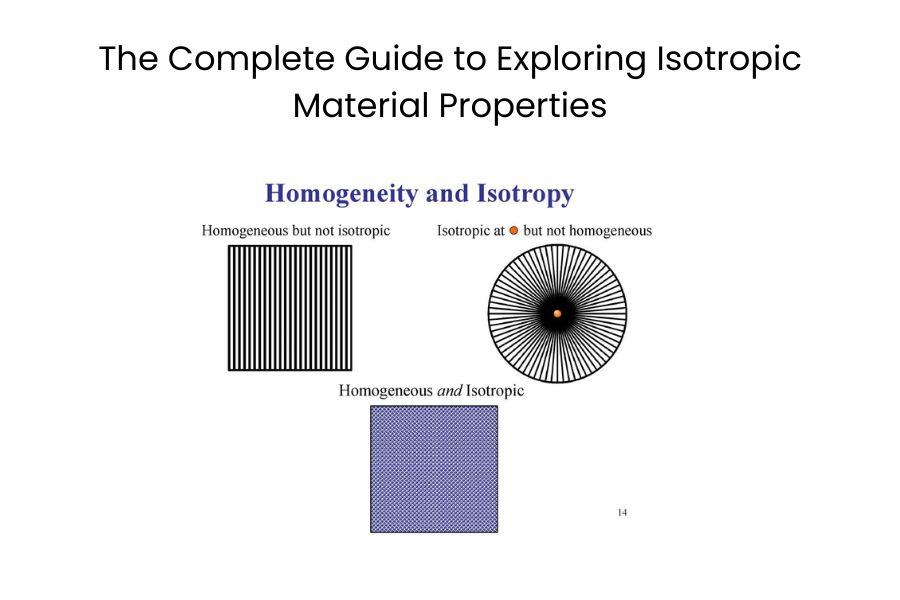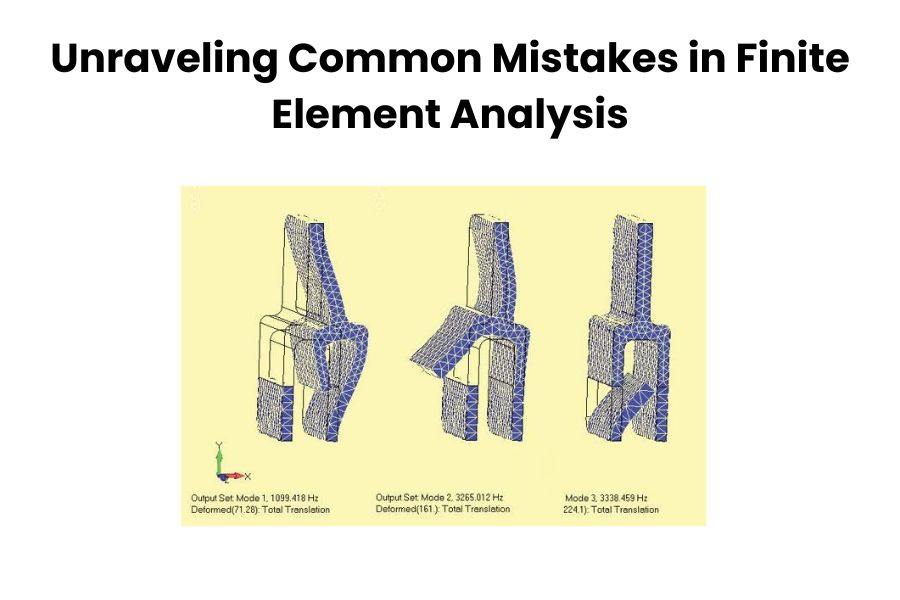Linear static analysis makes several assumptions to simplify the analysis of structures. These assumptions are necessary to apply the principles of linear elasticity and simplify the governing equations. Here are some common assumptions made in linear static analysis: Linear Elastic Material Behavior: Linear static analysis assumes that the material used in the structure exhibits linear […]
Isotropic material properties refer to the characteristics of a material that are independent of direction. In other words, their mechanical and physical characteristics, such as elasticity, thermal expansion, and conductivity, are the same regardless of the direction in which they are measured. Isotropic materials exhibit the same response to stress, strain, and other external factors, […]
Linear static analysis has numerous practical applications across various engineering disciplines. Here are some common practical examples mentioned: Structural Analysis: Linear static analysis is widely employed in structural engineering to evaluate the behavior of various structures, including buildings, bridges, towers, and other architectural elements. It helps determine the stresses, deformations, and displacement patterns under different […]
Building Construction: 1D elements are used in structural engineering for analyzing and designing buildings. They help determine the behavior of beams, columns, and frames under different loading conditions, ensuring structural integrity and safety. Bridge Design: 1D elements are employed in the analysis and design of bridges, allowing engineers to assess the structural performance and behavior […]
Finite Element Analysis (FEA) is one of the most powerful tools for analyzing and simulating simple to complex engineering problems in any industrial field. But cause of some common mistakes in Finite Element Analysis (FEA) can lead to inaccurate results and misleading interpretations. Some common mistakes that can occur during the FEA process are listed […]
In the world of finite element analysis (FEA), mesh generation is a critical step that can significantly impact the accuracy and efficiency of your simulations. HyperMesh, a powerful and versatile pre-processing tool, offers a wide array of features to streamline this process. we’ll explore some efficient meshing techniques and share valuable tips and tricks to […]
1. Importance of Choosing the Right Ansys Course Choosing the right Ansys course sets the foundation for your learning journey and determines the quality of education you receive. A well-structured and comprehensive course can equip you with the necessary skills and knowledge to excel in using Ansys for engineering simulation. It also enhances your employability […]
In the competitive job market for mechanical engineering, there are several common skills and areas of expertise that are often in high demand. These skills reflect the evolving needs and advancements in the field. Solid Modeling and CAD: The creation and representation of three-dimensional objects using mathematical models. It involves constructing virtual solid objects with […]
When deciding the types of meshing in ANSYS, several criteria should be considered to ensure an appropriate mesh for accurate and efficient analysis. The key criteria include: Geometry: Consider the complexity and shape of the geometry. For simple geometries, structured meshing can be suitable, while for complex and irregular geometries, unstructured meshing may be more […]
Geometry clean-up is of utmost importance in the field of computer-aided design (CAD) as it ensures the accuracy, efficiency, and reliability of the models created. Cleaning up the geometry involves removing errors, inconsistencies, and unnecessary complexity from the CAD model. By doing so, engineers and designers can have confidence in the accuracy of their designs, […]









